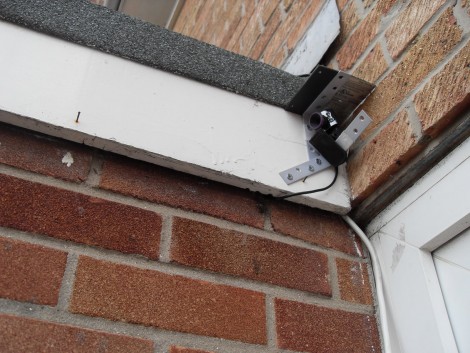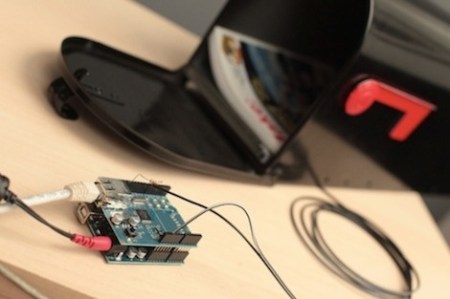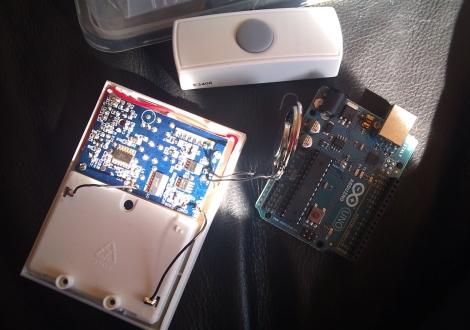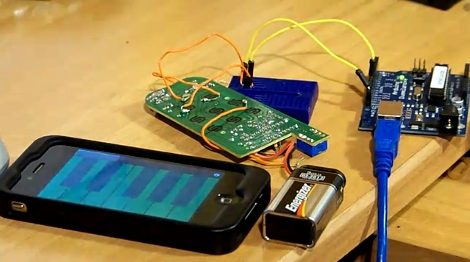
[Sean] used his old webcam to assemble a closed circuit television feed for his home. He already had a server up and running, so this was just a matter of connecting a camera and setting up the software. He wasn’t satisfied by only having a live feed, so he decided to add a few more features to the system.
He started off by hanging a webcam near the front of his house. He mentions that he’s not sure this will last long exposed to the elements, but we think it’d be dead simple to build an enclosure with a resealable container and a nice piece of acrylic as a windows. But we digress…
The camera connects via USB to the server living in the garage. [Sean’s] setup uses Yawcam to create a live feed that can be access from the Internet. The software also includes motion detection capabilities. Since he wanted to have push notifications when there was action within the camera’s view he also set up Growl alert him via his iOS devices. You can see [Sean] demonstrate his completed CCTV system in the video below the fold.
Continue reading “Webcam Turned Security Cam With Motion Detected Email Notifications”
















